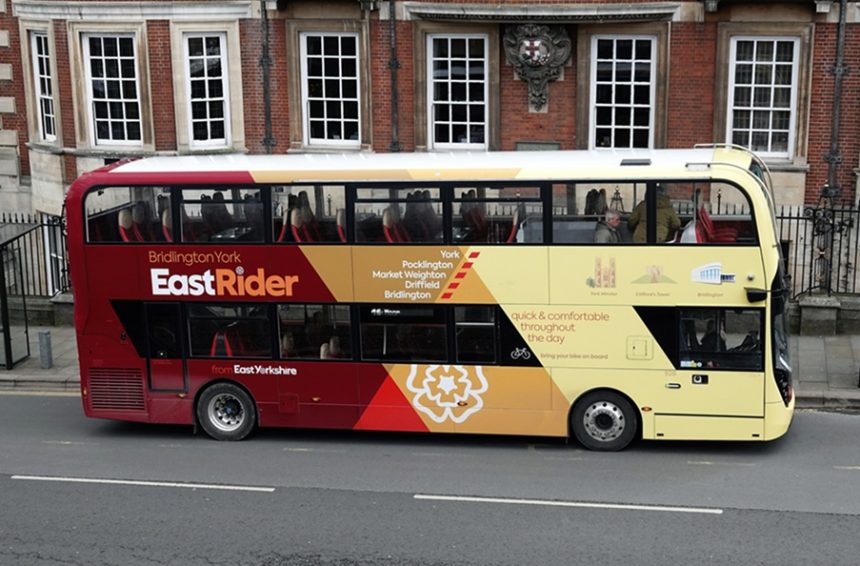The first details of a handbook for local transport authorities (LTAs) in England that will help them to navigate Enhanced Partnership and franchising options around bus service reform have been shared by the Confederation of Passenger Transport (CPT), which commissioned the work.
It has been carried out by Frontier Economics, with Director and Joint Head of Public Policy Matthew Bell noting that the handbook will advocate an eight-stage framework to assess options. That begins with clarifying the local vision for bus services and culminates with ongoing monitoring and evaluation of the adopted approach once in place.
In introducing the bus reform handbook, he notes that the work behind it is based on three things: Exploration of alternative models that can be considered by LTAs; synthesisation of the evidence around and characteristics of those; and development of the framework to assist authorities as they assess the most appropriate route.
That “is designed to support LTAs in considering their objectives before picking an approach,” Mr Bell continues. “The right regulatory model should follow a consideration of what the LTA is seeking to achieve, what local, social and environmental objectives are the priority, and how best to achieve value-for-money in the short- and long-term.”
He observes that other factors must be considered in LTA deliberations, such as provision of high-quality infrastructure and in-house skills, and cross-border services.
Publication of the handbook is due in the autumn. The importance of the first of the eight stages is stressed, with Mr Bell noting that any decision about the regulatory approach to bus service delivery “should start with understanding what the local vision [is], and setting clear, achievable and time-bound objectives” for it.
From there, the process advocated moves to making the case for change, including assessing whether the current model can meet objectives, and if not, what needs to evolve.

Third is defining options, including the status quo and variations on Enhanced Partnership and franchising. The handbook will reflect how “there are multiple options with different characteristics, advantages, and disadvantages.”
Fourth is comparison of those, with a need for that process to be transparent, consistent, and based on careful assessment of evidence and stakeholder views. Frontier proposes “a multi-criteria decision-making analysis” (MCDA) for this particularly important step.
Mr Bell continues: “MCDA allows stakeholders to have an input into the criteria and the weighting of those criteria… before they score the options,” noting how that approach is advocated by the Treasury.
The fifth stage is development of a detailed assessment of the preferred option, including transition management, cross-boundary services, and implementation planning. Sixth is consultation and refinement. Seventh is rollout.
“Importantly, the eighth stage is to monitor and evaluate as we go along,” he adds. “Driving effectiveness and value-for-money requires a continual and proportional monitoring of the model over time to verify that it continues to work and deliver the anticipated benefits.”
Mr Bell was speaking at a CPT parliamentary event in July. Also present was Local Transport Minister Simon Lightwood, who underlined pilots that will help some LTAs to test different forms of franchising and make available to them greater awareness of the options for bus reform.
The York and North Yorkshire Combined Authority and Cheshire West and Chester Council are the first two such LTAs confirmed for the pilot. More will be named in due course, Mr Lightwood adds.


























